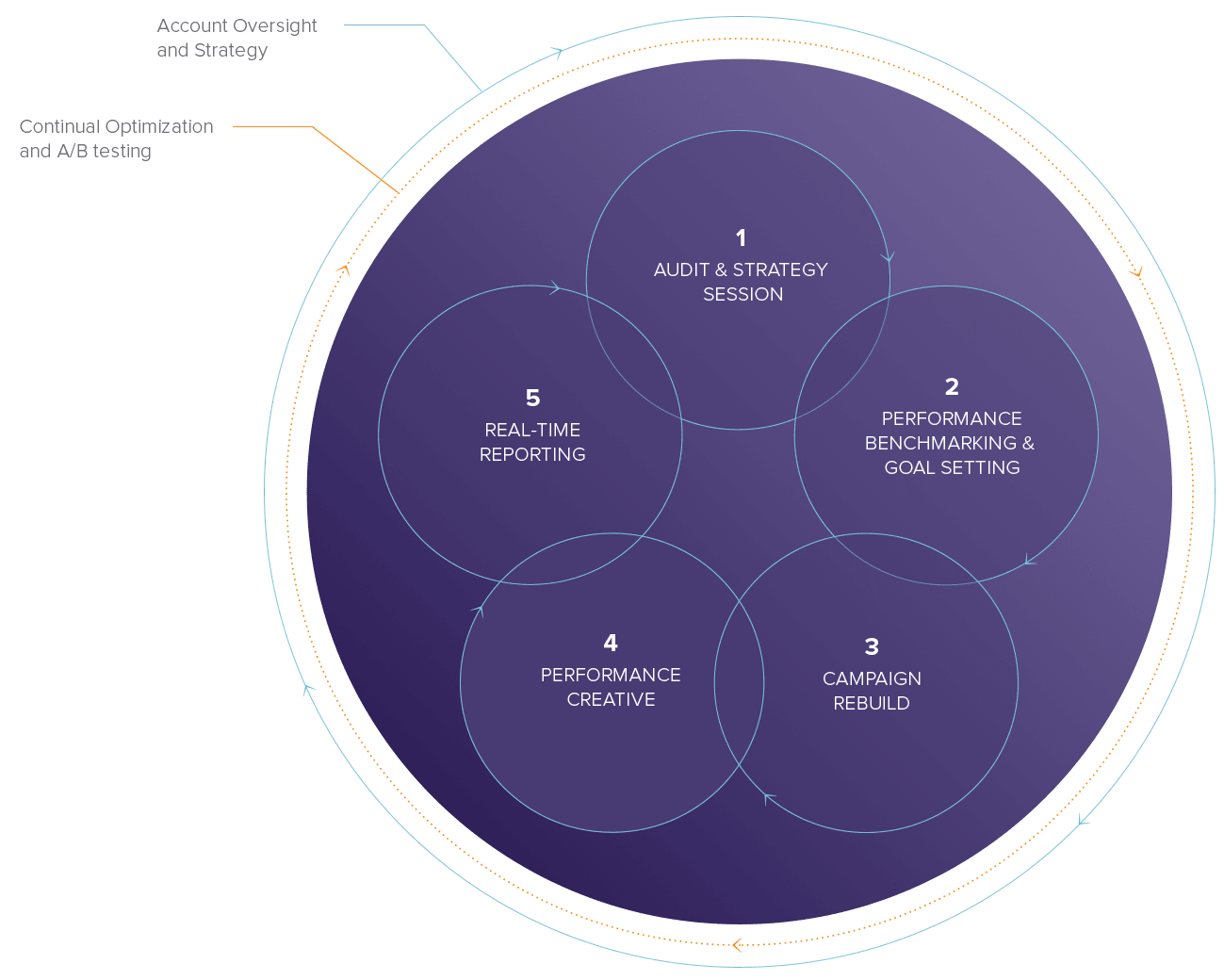The Importance Of Influencer Marketing

I know, I know, you’re tired of sitting at your favorite coffee shop and seeing someone snapping a million pictures of whatever concoction they have suckered the poor barista into making them, chirping about how they’re an ~*influencer*~ with a blue check and K in their follower count. But, hear me out, that ridiculous concoction their posting about will become that coffee shop’s hottest seller that week. That’s the power of influencer marketing.
According to research from IZEA, 77% of social media users prefer influencer content over traditional scripted brand ads, and 85% say they trust sponsored influencer content more than celebrity endorsements. Another study found that 69% of consumers trust influencer recommendations over brand-created messaging. And it’s not just for ecom and small businesses; there are now influencers in almost every vertical and on every platform. Influencer marketing is no longer a nice to have, it’s now an essential part of every business’ marketing strategy.
Influencer marketing traditionally lives in the “organic” world where brands partner with influencers to post about products on their own channels in a natural, engaging way. But when you bring paid media into the mix, it unlocks a whole new level of control and scalability.
This can look like:
- Whitelisting / Creator Licensing: Running paid ads directly through the influencer’s social handles, often with custom targeting and creative.
- Repurposing UGC: Taking influencer content and using it in display ads, Meta ads, or TikTok Spark Ads.
- Boosting Performance: Using influencer-created content as part of a testing strategy to identify what drives results.
Why do Influencers belong in your paid strategy?
1. Authenticity Builds Trust
Influencers bring credibility. Their followers trust their opinions, and that authenticity carries over into your ads. A Meta ad that comes from an influencer’s account often feels more relatable than a brand ad, even when it’s clearly marked as “sponsored.”
2. More Effective Targeting Through Whitelisting
Whitelisting (or creator licensing) allows you to run ads from the influencer’s handle, giving you the best of both worlds: influencer trust + Meta Ads Manager targeting. You can A/B test content, control spend, and optimize performance while keeping the influencer’s face and voice front and center.
3. High-Performing, Low-Cost Creative
Influencers are content creators by nature. Instead of expensive studio shoots, you can leverage influencer content that feels more human and real. It’s also highly adaptable, and can be used on multiple platforms and initiatives.
4. Better Performance for Less Spend
Influencer content often has better engagement and click-through rates than traditional creative. With the right partnerships, you may even find influencer-led campaigns outperform your in-house creative usually for a fraction of the production cost.
5. You Can Actually Measure It
Unlike purely organic influencer campaigns, a paid strategy allows you to measure results. With pixels, UTMs, and attribution models in place, you can see how influencer content is directly impacting conversions, traffic, and ROAS.
How do you start folding influencer strategy into your paid media?
1. Start With Clear Objectives
What are you trying to achieve: awareness, lead gen, sales? Your goals will shape who you partner with and how you run ads.
2. Choose the Right Influencers
It’s not about the biggest following, it’s about alignment. Look for influencers who share your audience and values, and whose content style fits your brand.
3. Secure Content Rights Upfront
Want to run ads using influencer content? You’ll need licensing. Make sure your contracts include rights for paid usage, and discuss terms like duration, platforms, and whitelisting access.
4. Integrate With Paid Platforms
Use influencer content in Meta, TikTok, and even YouTube ad formats. Test it in top-of-funnel and retargeting campaigns. Tools like TikTok Spark Ads and Meta Branded Content Ads make integration seamless.
5. Test, Learn, Optimize
Run A/B tests comparing brand ads and influencer content. Track performance closely and scale what works. Influencer creative can be especially strong in remarketing or warm audience strategies.
So yes, while sometimes influencers can be insufferable, they’ve become an integral part of marketing strategies regardless of industry. Influencer marketing is no longer a siloed tactic, it’s a dynamic tool in your performance marketing arsenal. When integrated thoughtfully into your paid strategy, it can drive trust, improve performance, and deliver measurable results at scale. It’s less “influencer for the vibes” and more “influencer for the ROAS” and that’s a shift worth leaning into.















